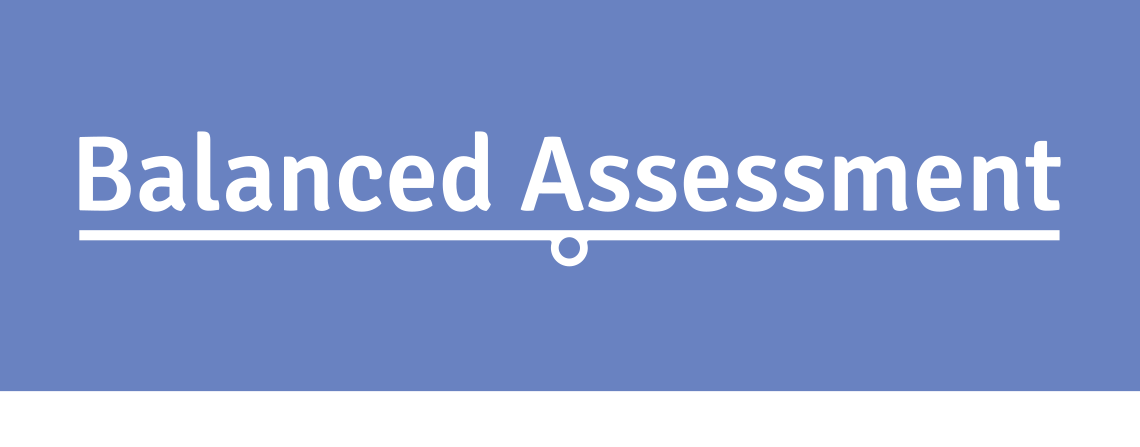Staffroom takes an in-depth analysis of the three major models of assessment – formative, summative and productive – including what they involve, how they work and their potential benefits and downsides.
Rather than seeing these as in competition with each other, we see that they can be much more powerful when used together.
All assessment is valid as long as it fits three crucial criteria:
- It informs teaching and learning so as to drive progress
- It is accurate
- It builds confidence in learning
Not all forms of assessment are equal. Below we unpick three main forms of assessment, and call for them to be used together, for the advantages each method has in preparing students for a lifetime of learning.
Summative
Definition:
AoL is the summative process of assessing pupils’ knowledge, usually through tests
Focus:
Knowledge
How:
Test, Marketing, External exams
When:
After
Model/How:
Teach, Test
Most likely to be seen in:
Maths, Science, and Core knowledge acquisition
At its best:
Spaced learning, Direct instruction
Downsides:
Tests pupils, doesn’t inform teaching; Focuses on surface knowledge; Perceived as boring
Advocates — where to find out more:
Daisy Christodoulou, Robert Bjork, Paul Kelly, Exam Boards
Potential benefits for students:
Secures surface knowledge efficiently; Quick to mark; Familiarity with process; Proven to be effective
Potential disadvantages for students:
Ranking and passing can damage some pupils’ self-esteem; Tests often do little to inform teaching; Higher skills are difficult to construct tests for
Warning:
Robert Bjork’s work favours low stakes tests; his research shows higher stakes tend to encourage disadvantages over benefits

Formative
Definition:
AfL is a formative process. It uses pupils as partners in the learning process
Focus:
Skills
How:
Feedback, Questioning
When:
During and after
Model/How:
Share learning intentions/success criteria; Focus on task process/skills; Where to next?; Scaffolding
Most likely to be seen in:
English, Humanities, and PE
At its best:
Interactive teaching, Peer teaching
Downsides:
Class size/ratio makes teacher’s job difficult; Ineffective when done poorly; Culture shift – 20 years on still not adopted
Advocates — where to find out more:
Dylan Wiliam, Paul Black, Shirley Clarke
Potential benefits for students:
Encourages directed conversations; Potential for deeper learning; Structured learning around dialogue; Proven to be effective
Potential disadvantages for students:
Nuances mean often it is only used at base level; Patronising and ineffective; Training is complex
Warning:
20 years on, most observed practice of AfL in classrooms is still a long way short of its potential (proven to be effective in practice)

Productive
Definition:
AaL takes assessment as the key element in the learning process through iterations
Focus:
Learning strategies + dispositions
How:
Dialogue, Redrafting, Rubrics
When:
Before, during and after
Model/How:
Iterate A to B
Most likely to be seen in:
Design Technology, Composition, Extending writing and Project work
At its best:
Project work, Independent learning
Downsides:
Requires more time and curriculum space; Counter-intuitive; Somewhat alien to current curriculum
Advocates — where to find out more:
Ron Berger, Professor Guy Claxton, Yong Zhao, Lawrence Stenhouse
Potential benefits for students:
Develops life skills and signature strengths; Sense of endeavour, leading to achievement; Encourages resilience, ‘stickability’ and independent learning
Potential disadvantages for students:
Relies on prior knowledge and intrinsic motivation; Application to some curricular areas is less obvious; Evidence of impact less clear
Warning:
Studies suggest AaL would not suit the approach of the majority of teachers


